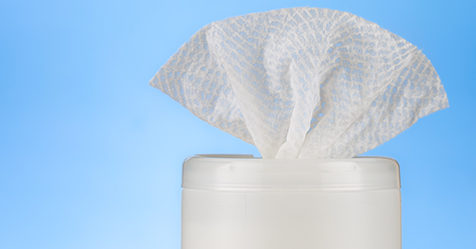New Device Encourages People to Watch and Wash
Handwashing, although necessary for infection control, can be a monotonous activity that many people, especially children, are tempted to rush through or skip altogether. A new device created by a startup based out of Northwestern University in Evanston, Illinois, keeps people at the sink longer, The Daily Northwestern reports.
The 3.5-inch device, which is made by a 3-D printer, straps onto faucets to collect data on how long people wash their hands. That time is usually at least 20 seconds thanks to the animated videos the device plays to keep them entertained while they scrub.
Ibraheem Alinur, founder of the startup City Health Tech, created the device with elementary school students, restaurant patrons, and hospital patients in mind. City Health Tech has installed the device at several Illinois schools. The device costs US$50 to install and an additional $5 monthly fee to maintain, including managing the devices and their wireless analytics as well as updating the videos.


